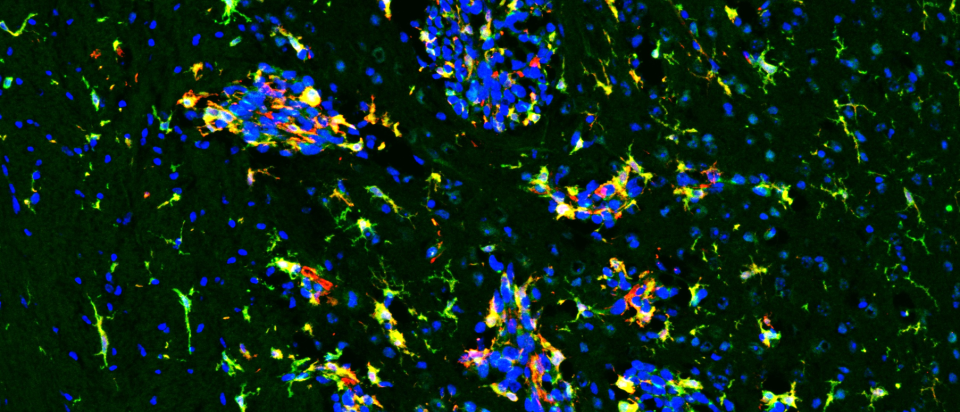News and Events
New Strategy Shows Promise Against Deadly Breast Cancer in the Brain
A new NIH study points to a promising strategy for treating aggressive breast cancer that spreads to the brain, a complication with few effective options. Learn how blocking a key brain cell survival pathway could open the door to future therapies.
Read MorePediatric patients featured in NIH Children’s Inn 2017 Annual Report
Lucy was diagnosed with Hyper IgE syndrome or Job’s syndrome – a rare genetic illness that puts her at risk for developing serious lung and skin infections. Avery has a rare NFKB1 gene mutation that compromises her immune system. For both patients, clinical trials at the Center for Cancer Research provided life-saving bone marrow transplants to address infections caused by immune deficiencies. Lucy and Avery stay at The Children’s Inn when they come to NIH for treatment. Read Lucy’s story (page 3) and Avery’s story (page 5) in the Children’s Inn Annual Report…
Read More
